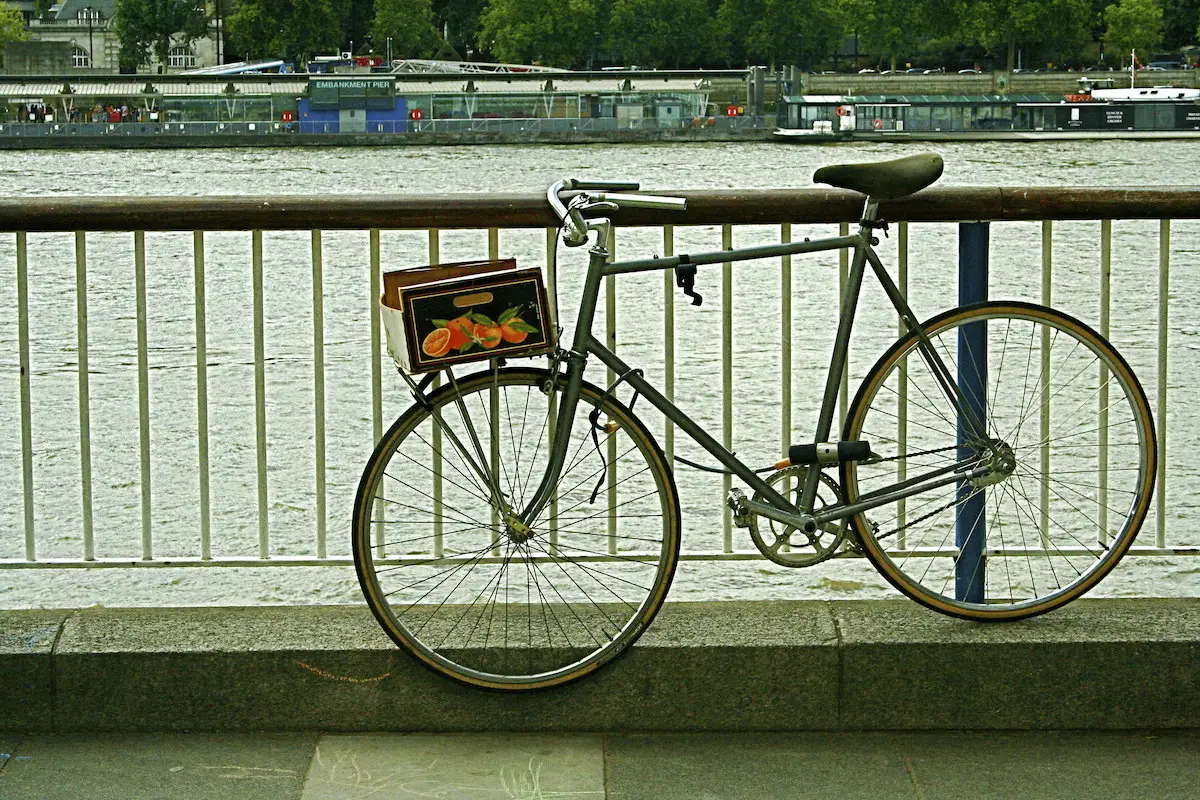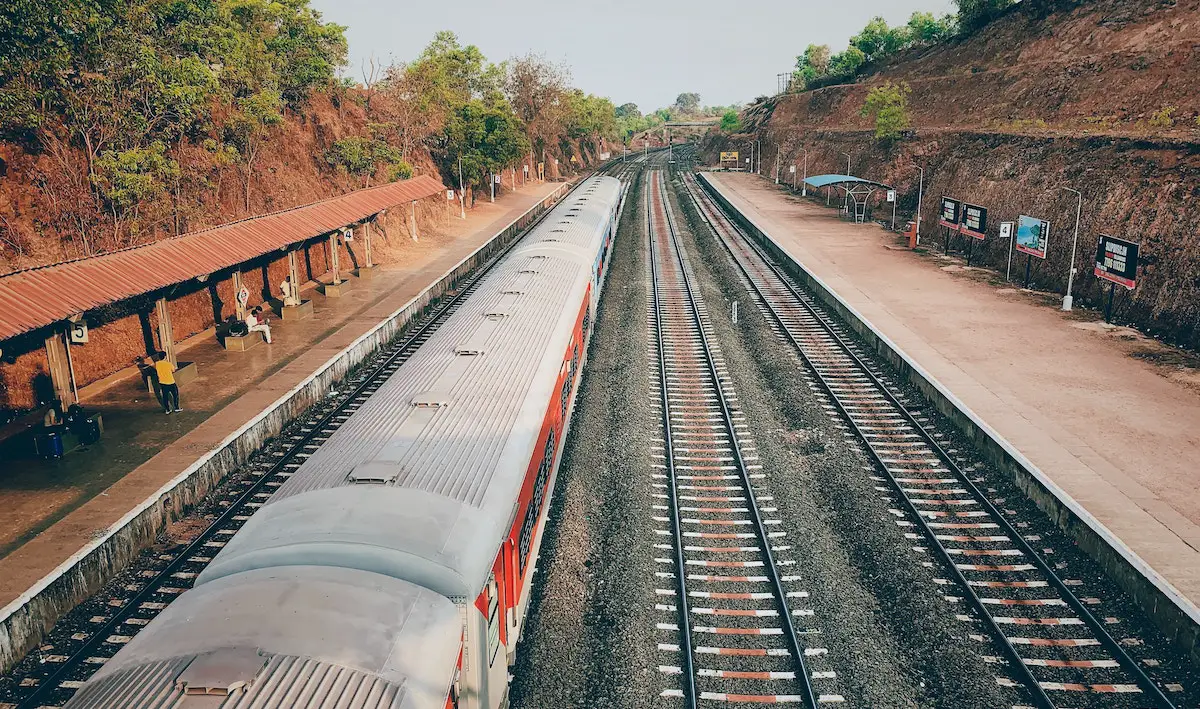Urban matter is traditionally followed by an order, by a model of reference that is based in form (geometric, esthetic, etc.) and function (management, use, etc.). Societies have common patrons of thought that come from the intuitive nature of humans.
Phenomenology as a philosophic subject studies the inherent mentality of humans through the analysis of the objects that are created intuitively in the conscience. The phenomenology of symbols consolidates a definition or explanation of the configuration of forms that derived from the mental constitution of humans. This sustains that man by nature has an intuitive conscience that makes him acquire or think responses that explain his relationship to the world: the hieratic. Thus, symbols are the frontier and bond between the man-world relationship (mundane level) and the being (abstract, superior level). Therefore, taking phenomenology as a base, symbols are comprehensible for man, regardless of experience, language or time, hence, the reality it lives on.
The objective of religious symbols are, for example, to respond to philosophical questions of creation and give satisfaction to people that adopt them. Part of the mental process is reflected in our daily activities. If we suppose, under this scheme, that actions are based on thoughts as an elective and meditated process, then, each act and each created object have a primitive meaning: they will be symbols. And if the city is a human creation, subsequently, it is charged with signs and symbols that are comprehensible in a social level and that constitute the urban imaginaries. It is important to mention that symbols vary from region to region depending on the resources, the context and in the environment. Also, that information about the context and social relations clarifies the meaning of symbols and gives a strongest impact in the imaginary conformation.
In 2008, the Architecture and Archeology Laboratory of the Architecture School of Paris La Villete, run by the Professor Alessia de Biasse, developed a methodology of Urban Research. This approach applied to one extraordinary Latin-American city – Buenos Aires – will be explored within this post.
Alessia de Biasse’s method starts from the question: what makes a city or a successful neighborhood?
The objective is to discover the quality of life a part of the city brings through the comparison of a qualitative and a quantitative analysis. It is worth mentioning that the parameters are dependent of the context and date of the study and that are not general of the city. Achieved through interviewing citizens with age, genre, job and address variations, the first step aims to discover what makes a successful city for those being interviewed, followed by an analysis to generate indicators.
The next part of the research is to delimit a zone in the city that had all the indicators derived from the interviews. In this particular case, as a variation, the zone was limited to the Buenos Aires downtown, the recognized micro center – or micocentro – of the city.
Buenos Aires Urban Imaginary
Shown below – from the perspective of the tourist, the traveler, and the city’s inhabitants – is an image of the collective identity of Buenos Aires’ microcentro. So, what makes their urban imaginary and collective identity? How does it make a city?
The prevailing concepts which emerged during the interview process and are displayed in the maps below were:
- Coexistence: as the interaction in an space between a group of people that recognize each other and have something in common.
- Diversity: of activities, spaces and people.
- Security: a space that seems calm and where people do not feel betrayed.
- Live spaces: spaces considered crowded with activity options that let people share and spend time.
- Local distinctiveness: as the identity of a zone.
The interviewers then marked in maps the limit of the microcentro and the zones they considered as secure, distinctive and with living spaces.

For Argentinians who have always lived in Buenos Aires, the above limit represents their collective view of the city’s microcentro.

The limit shown here is Buenos Aires’ microcentro as perceived by foreigners who have lived in the central city area for less than 5 months.
Indicators

This image above shows the places that interviewees considered to be secure zones. If the zones repeated, the colour shows stronger.

This image shows areas considered to ‘alive’ zones – areas rich in activity and opportunities.

Areas considered to be rich in local culture are represented by the above image.

By combining the layers of these individual results in the image above, we can see repeated elements that are considered valuable for different reasons. From this, we can conclude that these areas of repetition are what the citizens of Buenos Aires collectively consider to be important in the success of their city – the urban imaginary of Buenos Aires.
Photo: ClixYou


